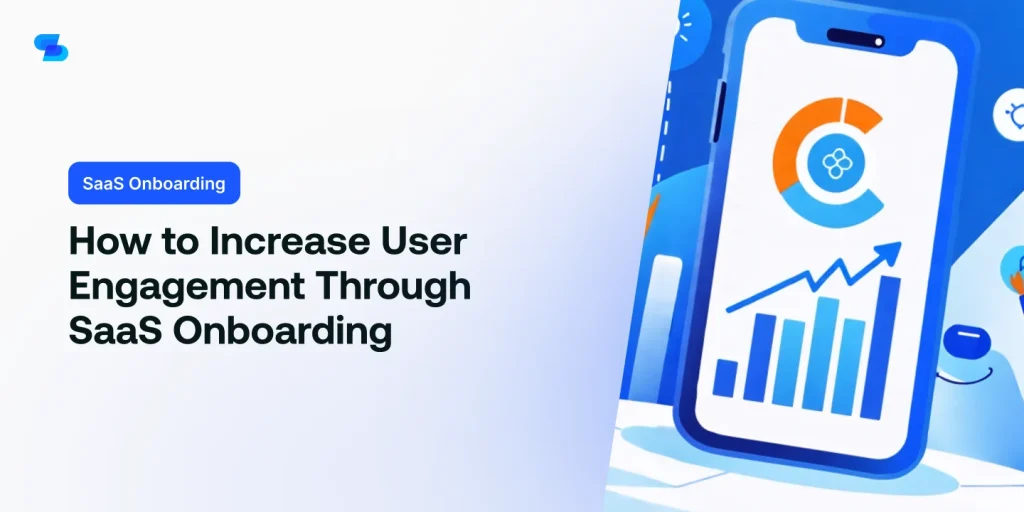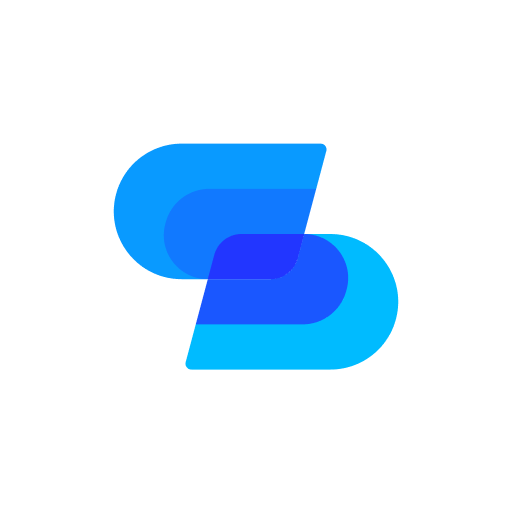When it comes to SaaS onboarding, you’re not just teaching users how to navigate your platform – you’re setting the tone for their entire experience. To boost engagement, you need to create a personalized, interactive journey that showcases your platform’s benefits while keeping things crystal clear. But where do you start? By crafting a compelling welcome experience, setting clear goals, and guiding users through core features, you’ll be off to a strong start. But there’s more to explore – and by the end of this, you’ll have a roadmap to turn new users into loyal advocates.
Craft a Compelling Welcome Experience
Create a memorable first impression by designing a welcome experience that immediately resonates with your new users, setting the tone for a successful onboarding journey. You want to make them feel valued and excited about using your product.
To do this, personalize their experience by addressing them by name and highlighting the benefits they can expect from your SaaS solution. Use clear and concise language, avoiding jargon and technical terms that might confuse them.
Use visuals such as images, videos, or animations to break up the text and make the experience more engaging. Make sure the design is responsive and works seamlessly on different devices.
You can also use gamification elements, such as progress bars or rewards, to encourage users to complete the onboarding process. Additionally, provide easy access to support resources, such as FAQs or tutorials, to help them get started quickly.
Set Clear Goals and Expectations
Now that you’ve set the stage with a compelling welcome experience, it’s time to give your users a clear sense of direction by outlining the specific goals and benefits they can expect to achieve with your SaaS solution.
This is essential in setting the tone for a successful onboarding experience. By doing so, you’ll help users understand how your solution will address their pain points and improve their workflows.
Clearly define the key objectives users can expect to achieve, such as ‘Increase sales by 20% in 6 weeks’ or ‘Reduce project management time by 30%’.
Be specific and realistic, ensuring these goals are measurable and attainable.
Next, outline the benefits they’ll gain from achieving these objectives, such as ‘Get more leads’ or ‘Boost team productivity’.
This will help users visualize the value your solution provides and stay motivated throughout the onboarding process.
Guide Users Through Core Features
Guide Users Through Core Features
Walk users through your SaaS solution’s core features by providing interactive tutorials, guided tours, or step-by-step instructions that showcase their value and relevance to the goals and expectations you’ve set. This will help them understand how your solution can solve their problems and achieve their objectives.
Make sure these tutorials are concise, visually appealing, and easy to follow. Break down complex features into smaller, manageable chunks, and use clear, concise language to explain each step.
Use interactive elements like tooltips, hotspots, or overlays to provide additional context and guidance. You can also use gamification elements, such as rewards or badges, to make the onboarding process more engaging and fun.
Provide Personalized Support Options
As users progress through your SaaS solution’s core features, they’ll inevitably have questions or need help along the way.
To address this, offer personalized support options that cater to their individual learning styles and preferences. This could include video tutorials, interactive guides, or even live chat support. By providing multiple channels for support, you’re allowing users to choose the method that works best for them.
You can also use user data to inform your support strategy. For example, if a user is struggling with a particular feature, you can offer targeted tutorials or resources to help them overcome the hurdle.
Additionally, consider offering support in multiple languages to cater to a global user base.
Encourage Early Wins and Feedback
By offering personalized support options, you’ve set the stage for users to quickly absorb your SaaS solution’s value. Focus on helping them achieve early wins and providing opportunities for feedback to build momentum and loyalty.
To encourage early wins, identify key milestones in your onboarding process and provide clear, achievable goals for users to reach. Celebrate their successes with congratulatory messages or rewards to keep them motivated. This will help build confidence and reinforce the value of your solution.
Next, create opportunities for users to provide feedback through surveys, polls, or direct messaging. This feedback is invaluable in identifying areas for improvement and refining your onboarding process. Use it to iterate and optimize the user experience, ensuring that it remains engaging and relevant.
To Wrap Up
You’ve laid the groundwork for an engaging SaaS onboarding experience. Now, put it into action!
Implement interactive tutorials, gamification elements, and personalized support options to motivate users.
Celebrate their early wins and actively seek feedback to refine your process.
By doing so, you’ll create a sense of accomplishment and value, driving long-term user engagement and loyalty.

